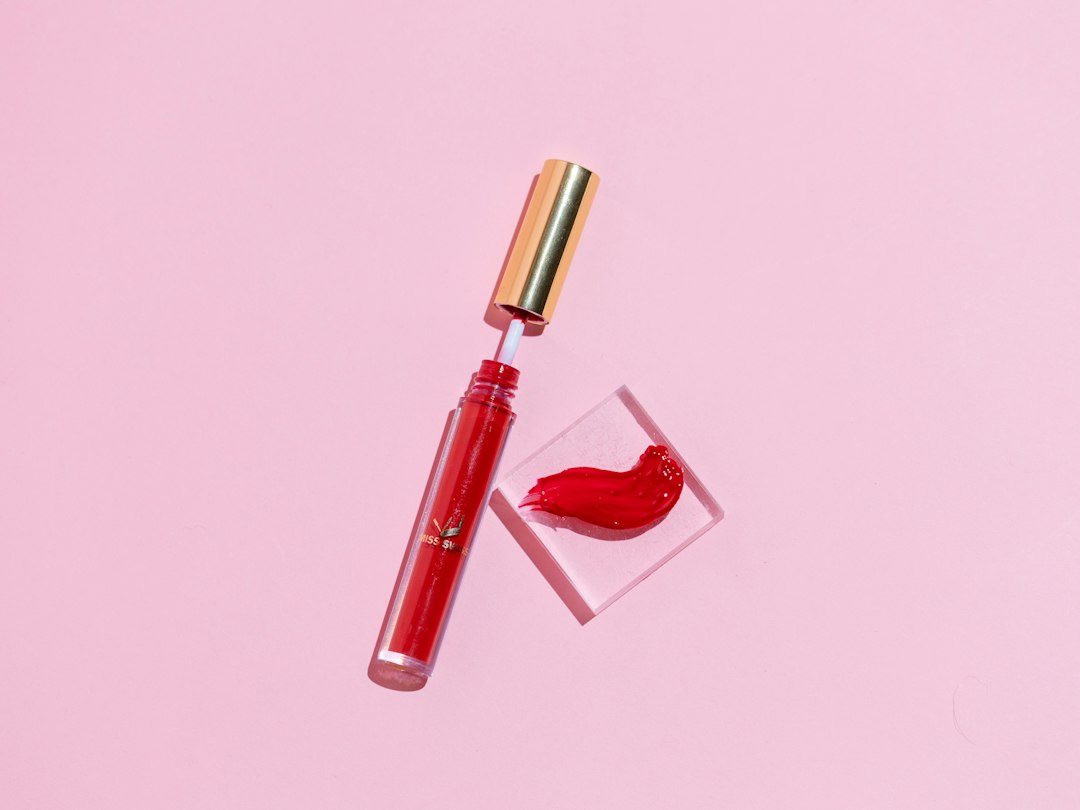
What is better microblading or microshading?

Microblading and microshading are popular techniques in the beauty industry for enhancing the appearance of eyebrows. However, choosing between the two can be confusing for those who are not familiar with the differences. This article aims to shed light on the subject and help you understand which technique might be better suited for you.
What is Microblading?
Microblading is a semi-permanent makeup technique that involves etching individual hair-like strokes onto the skin using a handheld tool with fine needles. This creates a natural-looking eyebrow shape and fills in sparse areas. The pigment used is matched to your natural hair color, resulting in a realistic effect.
What is Microshading?
Microshading, also known as powder brows or ombre brows, is another semi-permanent makeup technique used to enhance the eyebrows. Instead of creating individual strokes, microshading uses a stippling method to deposit pigment into the skin. The result is a soft, powdered effect, similar to how brow powder or pencil would look.
Which is Better?
The choice between microblading and microshading depends on your personal preferences, desired results, and individual factors such as skin type and lifestyle. Here are some factors to consider:
1. Desired Look
If you prefer a more natural and hair-like appearance, microblading might be a better option. The technique mimics the look of real eyebrows and creates a more defined shape. On the other hand, if you prefer a more filled-in and powdered look, microshading can provide a softer and more subtle result.
2. Skin Type

Your skin type can also play a role in determining which technique is better for you. Microblading may not be suitable for oily or sensitive skin, as the strokes may heal less crisp and may require more touch-ups. Microshading, with its powdered effect, can be a better choice for those with oily or sensitive skin.
3. Longevity
In terms of longevity, microblading tends to last longer compared to microshading. The hair-like strokes created in microblading penetrate deeper into the skin, resulting in a longer-lasting effect. Microshading typically requires more frequent touch-ups due to the softer powdered effect.
4. Pain and Healing
Both microblading and microshading involve some level of discomfort during the procedure. However, pain tolerance can vary from person to person, and a numbing cream is typically applied to minimize any discomfort. Healing time also varies but generally takes a few weeks for the initial healing and a month for the complete healing process for both techniques.
Ultimately, the choice between microblading and microshading comes down to personal preference, desired look, and individual factors. It is best to consult with a professional and experienced technician who can assess your needs and provide guidance on which technique is better suited for you. Both microblading and microshading can create beautiful and enhanced eyebrows, so choose the one that aligns with your desired outcome.